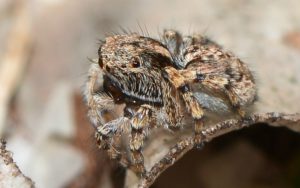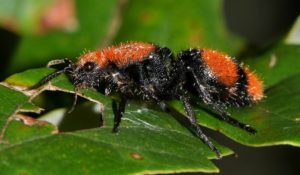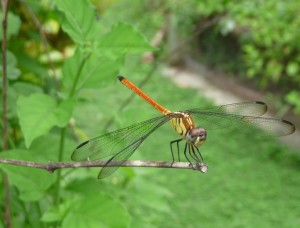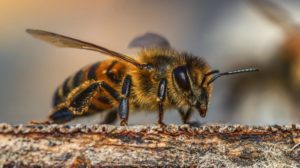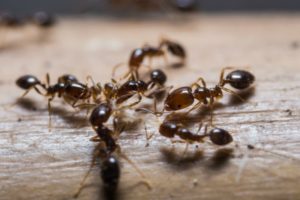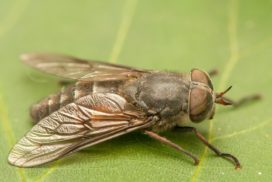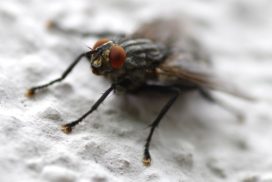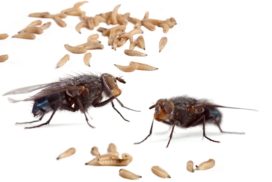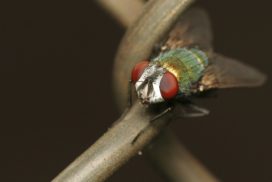WHY IS A HOUSEFLY AGILE AND DIFFICULT TO CATCH?
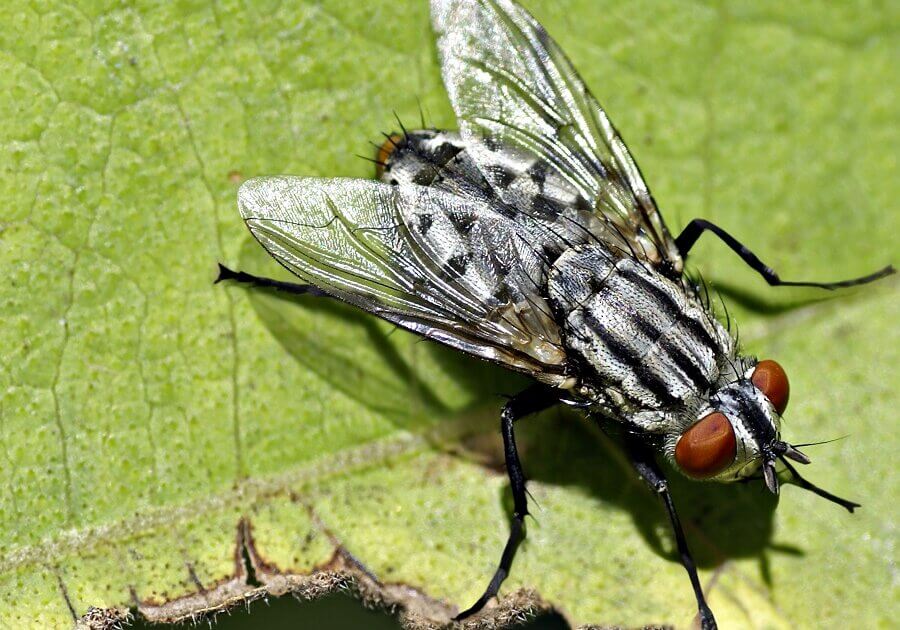
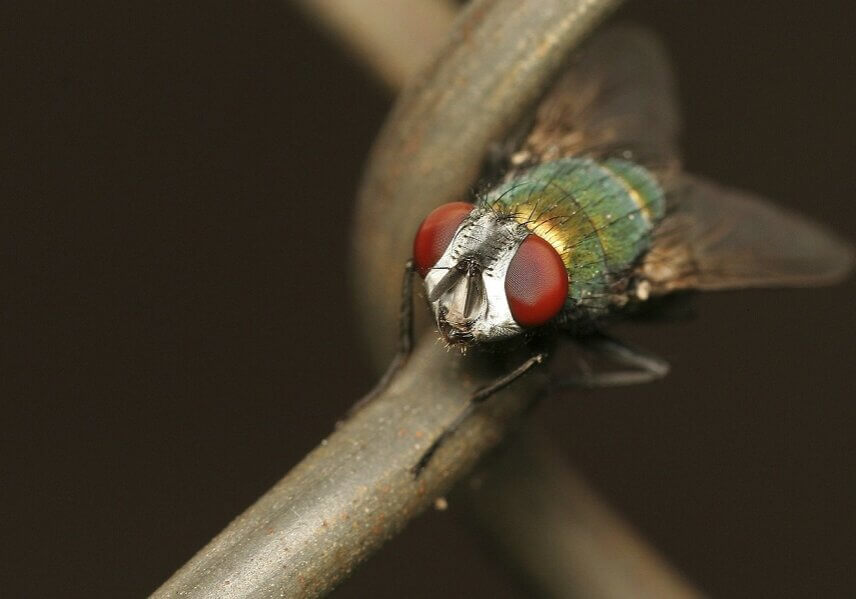
A housefly has two tiny appendages called halteres, located behind each wing. Halteres help the housefly to right its course and remain stable if there is a disturbance during flight such a sudden gust of wind or abrupt change in the direction of flight. Halteres look like tiny drumsticks with a knob at the end. They move in the opposite direction to the wings, but at the same frequency.
According to the Encyclopedia of Adaptations of the Natural World, scientists have discovered that the halteres have numerous nerve-endings that detect twists and turns in the flight of a housefly and send the information to its brain so that it can take collective action.
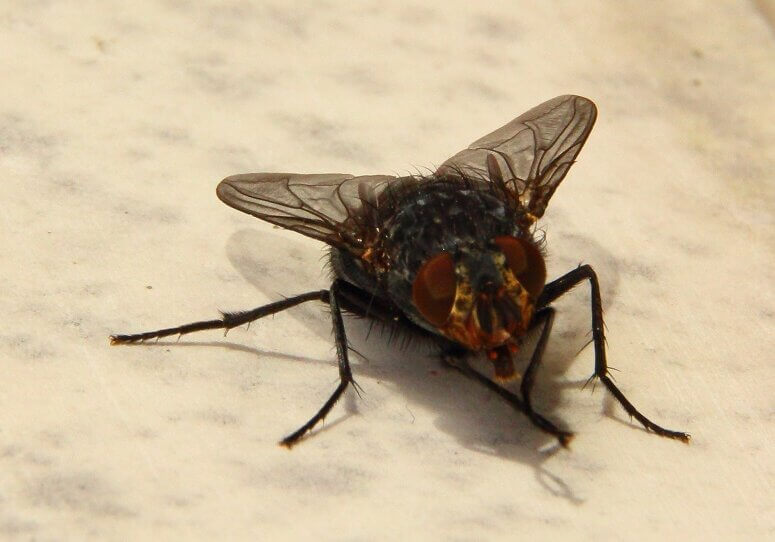
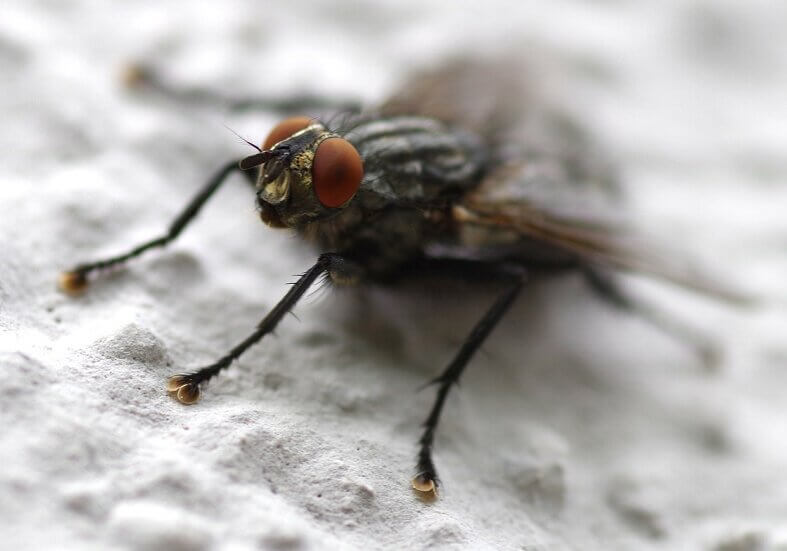
The halteres act as cleverly designed gyroscopes—disc in which the axis is free to assume any direction—that help stabilize housefly’s flight and perform precise and complex aerial maneuvers. The difference between conventional gyroscopes and halteres is in their design: the latter looks like a pendulum.
Recent posts
Join us on social media or subscribe!
Sign up to receive our articles in your inbox!
Enter your name and email address below to subscribe.

